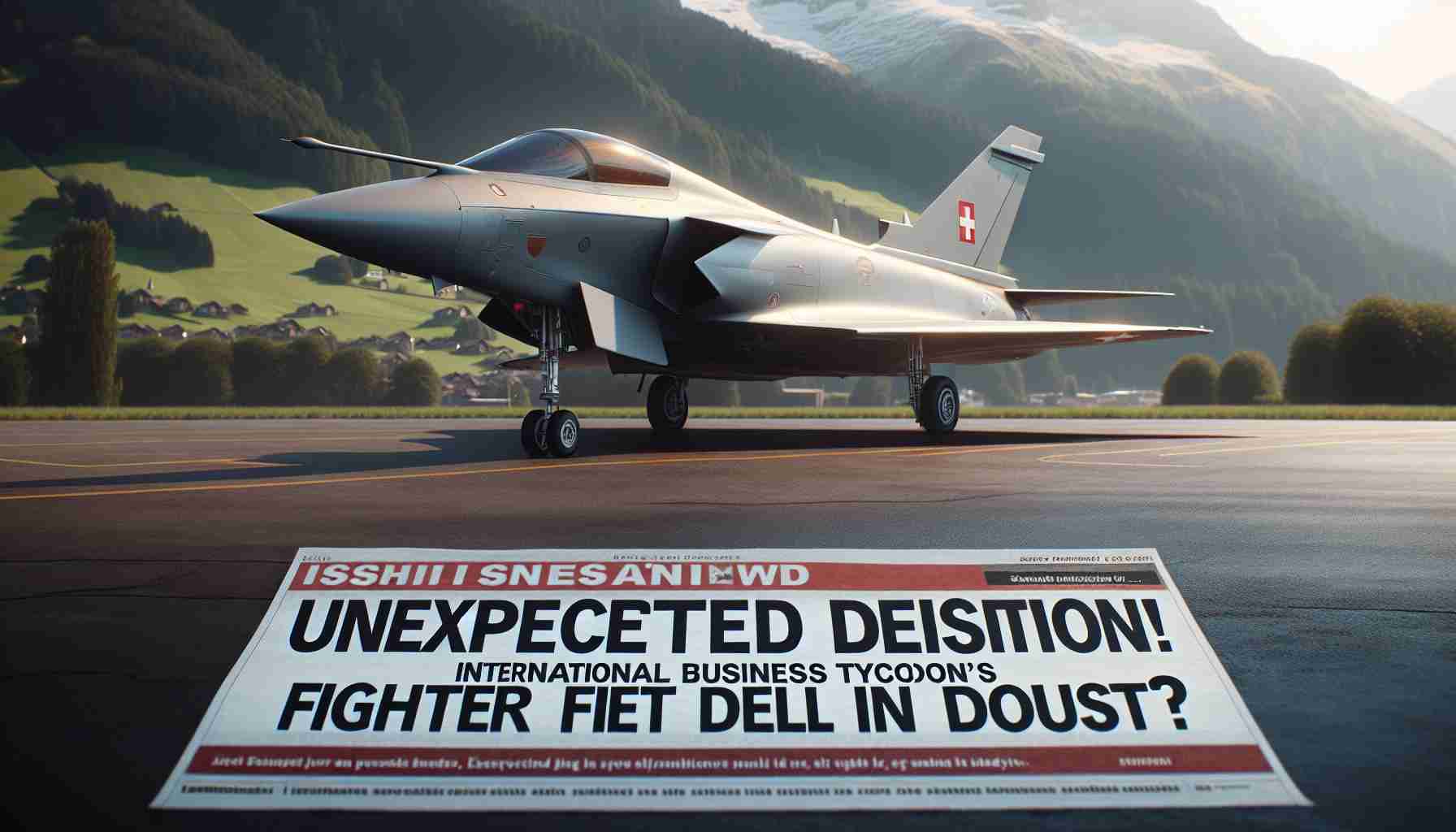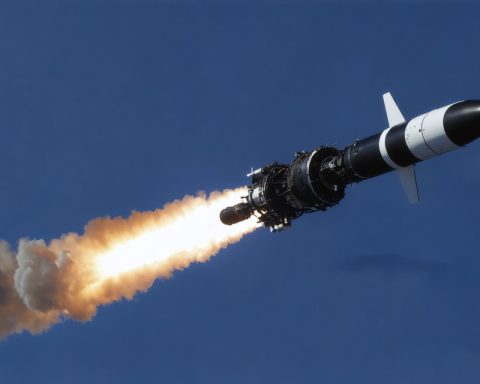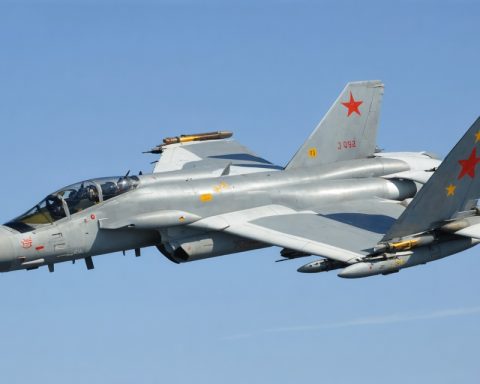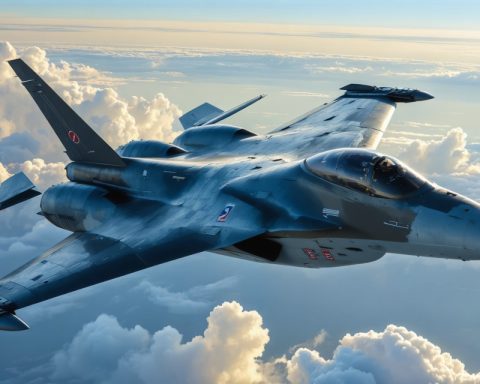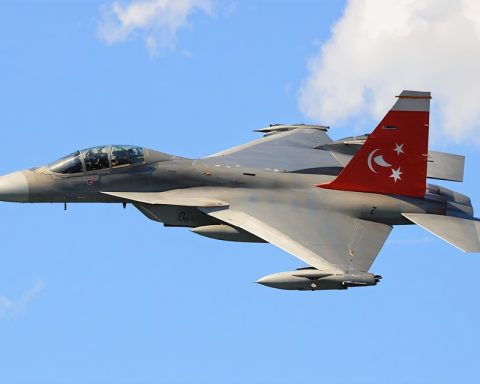Swiss Defence in a Dilemma: Can the F-35 Jet Deal Survive Musk’s Criticism?
The ambitious Swiss plan to procure F-35 fighter jets from the United States faces uncertainty following unexpected criticism by Elon Musk. Known as a visionary tech mogul and now advising Donald Trump, Musk recently cast doubt on the necessity of manned combat aircraft in an era increasingly dominated by drones.
Musk argues that reliance on human-piloted aircraft like the F-35 is outdated and inefficient compared to the growing capabilities of drones. His stance aligns with that of Donald Trump, who criticized the same program during his previous presidency, citing significant cost overruns.
Despite the uproar, officials in Bern maintain confidence that the arrangement will proceed as planned. The Federal Office for Armament (Armasuisse) assured that the F-35 remains essential, although acknowledging that drones could complement but not replace fighter jets due to their speed and altitude limitations.
Notably, concerns persist, as reported by “SonntagsZeitung”. The Swiss purchase agreement lacks a penalty clause for non-fulfillment, a typical practice due to the contract structure with the American government rather than directly with the manufacturer.
In light of these discussions, Roland Siegwart, a robotics expert from ETH Zurich, concurs with Musk’s insights. He emphasizes the rapid advancement of drone technology, predicting a shift away from piloted jets. Meanwhile, reports emerge of persisting technical issues with the F-35, including accuracy problems with its guns.
As the debate unfolds, the future of Swiss defense investments hangs in the balance, challenged by evolving technological paradigms.
Is the F-35 Deal Really the Best Choice for Switzerland’s Defense? New Insights and Controversies Unveiled
Introduction
Switzerland’s plans to acquire F-35 fighter jets have ignited a whirlwind of debate, spurred by the criticism of tech mogul Elon Musk. His remarks have forced experts to reconsider the future direction of aerial defense in an era swiftly gravitating towards unmanned vehicles. This article delves into the new insights, technological trends, and potential controversies surrounding this high-profile military procurement.
Emerging Technologies: Drones vs. Manned Aircraft
Elon Musk’s argument that drones could supersede manned aircraft, like the F-35, echoes a broader trend in military technology. Drones offer advantages in terms of cost-efficiency, versatility, and eliminating the risk to human pilots. As drone technology continues to evolve, with improvements in endurance, range, and payload capabilities, they are increasingly being seen as a cornerstone of future military operations.
Technical Challenges of the F-35
The F-35 program, while considered state-of-the-art, has not been without its issues. Reports have flagged technical problems, such as accuracy issues with its onboard guns. These challenges raise concerns about the operational readiness and reliability of the aircraft, prompting a reevaluation of whether the investment aligns with future defense needs.
Insights from the Swiss Perspective
Despite these criticisms, Swiss defense officials, including Armasuisse, assert that the F-35 remains an integral part of their national defense strategy. They argue that the aircraft’s advanced capabilities in speed, altitude, and stealth are crucial complements to drones, which cannot yet match these attributes.
Contractual Concerns and Market Dynamics
Another layer of complexity lies in the contractual framework of Switzerland’s F-35 acquisition. The absence of a penalty clause for non-fulfillment, typical in international defense contracts, raises questions about the risks and accountability within this agreement.
Predictions and Market Trends
As the landscape of defense technology continues to shift, experts like Roland Siegwart from ETH Zurich anticipate a significant pivot toward unmanned systems. This trajectory suggests that future defense procurements might prioritize flexibility and adaptability over traditional capabilities, possibly influencing international arms markets.
Sustainability and Security Aspects
In the broader context, sustainability and cybersecurity become increasingly important. Drones offer potential environmental benefits through lower carbon emissions, while the emphasis on cybersecurity will grow as these cyber-physical systems become integral to national defense.
Conclusion
The debate over Switzerland’s F-35 procurement extends beyond national borders, reflecting wider discussions about the future of aerial combat. As technology trends advance and defense needs evolve, countries will have to reassess current doctrines and strategies to ensure they remain prepared for future challenges.
For more on aerial defense technologies and modern military procurement, visit the main website of Lockheed Martin.
